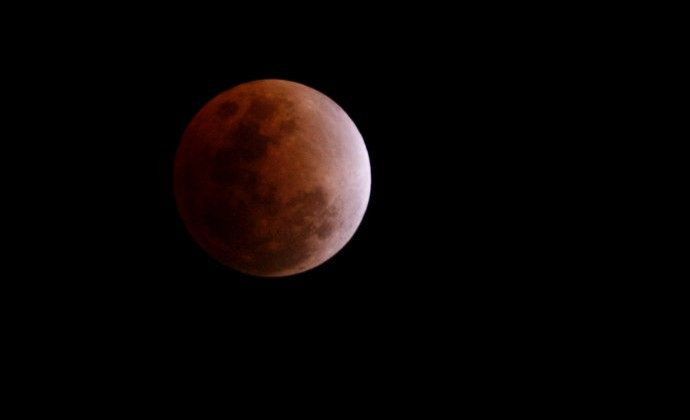Total Lunar Eclipse on June 15; not visible in US

The first total lunar eclipse in 2011 will take place on Wednesday, June 15, which is one of the longest eclipses of the moon and will last just over 100 minutes.
This month's full moon will start moving into the central Dark part of the Earth's shadow, known as the Umbra, which is relatively rare. The last lunar eclipse closer to the center of Earth's shadow was on July 16, 2000, when it lasted 107 minutes. The next central total lunar eclipse will be on July 27, 2018.
The lunar eclipse shall remain visible for five hours and 36 minutes while the total eclipse shall be seen for almost one hour and 40 minutes.
The eclipse will be seen from the eastern half of Africa, West Asia, central Asia and Western Australia, while it won't be visible from North America due to its timing, which places the event in the daylight hours when the moon is behind the local horizon.
A lunar eclipse occurs when the moon passes behind Earth so that the earth blocks the sun's rays from striking the moon. This can occur only when the Sun, Earth, and Moon are aligned exactly, or very closely so, with the Earth in the middle.
The next total lunar eclipse will fall on Dec. 10, 2011, which will be visible from all of Asia and Australia and parts of the U.S. including Hawaii and the Pacific Northwest, while rest of the continental U.S. will have to wait until April 15, 2014 to witness a total lunar eclipse.
© Copyright IBTimes 2025. All rights reserved.





















